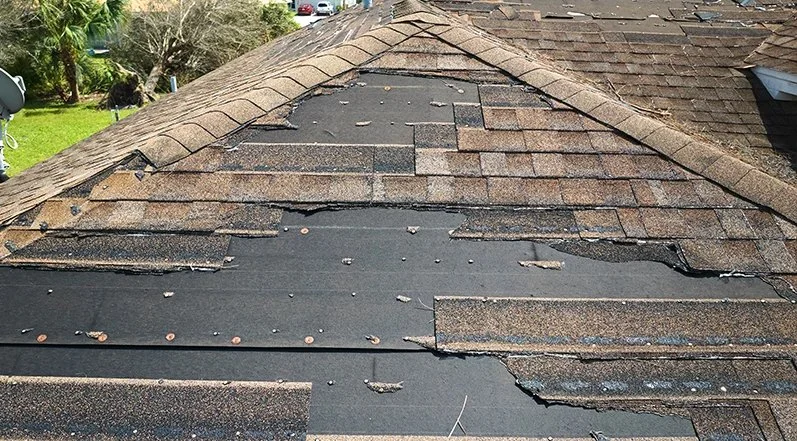
- 1. What is Roof Damage from Tree Sap?
- 2. How to Identify Tree Sap Damage on Your Roof
- 3. The Impact of Tree Sap on Roof Materials
- 4. How to Repair Roof Damage from Tree Sap
- 5. Preventing Tree Sap Damage in the Future
1. What is Roof Damage from Tree Sap?
Tree sap may seem harmless, but over time, it can cause significant damage to your roof. Tree sap is a sticky substance that exudes from trees, typically in the spring or when trees are stressed. When it falls on a roof, it can stick to roofing materials and, if left untreated, gradually break down the protective layers of your roof. This can lead to a range of issues, including discoloration, premature aging of materials, and even leaks if the sap causes structural damage.
Understanding the damage caused by tree sap is crucial for homeowners, particularly those with trees near their roofs. While the sap may initially appear as an innocuous mess, it can lead to long-term issues if not addressed promptly.
2. How to Identify Tree Sap Damage on Your Roof
Identifying tree sap damage early is key to preventing more serious issues. Here’s how you can check for tree sap damage on your roof:
- Visible Stains: Tree sap often leaves noticeable stains on the roof. These stains can appear as sticky patches that darken over time, especially if the sap accumulates under debris like leaves or pine needles.
- Discoloration of Roof Materials: Over time, tree sap can cause discoloration, particularly on shingles or tiles. The material may appear dull, faded, or even warped if the sap has been sitting for too long.
- Clogged Gutters: If you notice that your gutters are clogged with a sticky substance, it could be tree sap mixing with debris. This can prevent proper water drainage and exacerbate roof damage.
- Presence of Tree Sap Puddles: On flat roofs, you might notice small pools of sap forming in certain areas. This can create an environment conducive to water pooling, leading to further roof deterioration.
3. The Impact of Tree Sap on Roof Materials
Tree sap can have various negative effects on your roof, depending on the type of roofing material and the amount of sap exposure. Here are some common impacts of tree sap on roofing materials:
- Shingle Damage: Asphalt shingles are particularly vulnerable to tree sap, which can soften the material, causing it to break down and deteriorate faster. Over time, this can lead to cracked or missing shingles.
- Corrosion of Metal Roofing: If sap gets on metal roofing, it can create a corrosive environment, especially if it mixes with rainwater or other contaminants. This can lead to rusting and other forms of damage.
- Roofing Membrane Issues: For flat roofs with a membrane, tree sap can cause punctures or weaken the membrane’s ability to protect against water. This can lead to leaks and water infiltration into the building.
- Mold and Mildew Growth: As sap attracts moisture and debris, it can promote the growth of mold and mildew on your roof. This can result in health risks and further degradation of roofing materials.
4. How to Repair Roof Damage from Tree Sap
Repairing roof damage caused by tree sap requires a systematic approach to ensure that all issues are addressed. Here’s how to handle the repair process:
- Cleaning the Roof: The first step in repairing tree sap damage is to clean the roof thoroughly. Use a gentle roof cleaner that’s safe for the type of material you have. Avoid using harsh chemicals or pressure washers, as these can damage shingles or other roofing materials.
- Removing Debris: Clear away any debris, such as leaves or twigs, that may have accumulated sap. This will prevent further damage and allow you to better assess the extent of the damage.
- Inspecting for Damage: After cleaning, inspect the roof for any areas that may need repair. Look for signs of water damage, such as soft spots or discoloration, and assess the condition of your shingles, tiles, or membrane.
- Repairing Shingles: If shingles are damaged or missing, they may need to be replaced. Ensure that you use shingles that match your roof’s existing material and color. For asphalt shingles, you may need to reapply a protective sealant to prevent future sap buildup.
- Addressing Leaks: If you discover leaks, it’s essential to seal them properly. Use a roof sealant designed for the specific type of material on your roof to prevent further water intrusion.
5. Preventing Tree Sap Damage in the Future
Preventing future tree sap damage is key to maintaining the integrity of your roof. Here are some steps you can take to reduce the risk:
- Trim Overhanging Trees: The most effective way to prevent tree sap damage is to trim trees that hang over your roof. By reducing the amount of sap that falls on your roof, you can significantly reduce the chances of damage.
- Regular Roof Inspections: Regularly inspect your roof for signs of sap buildup and other potential issues. Early detection will allow you to address problems before they become more serious.
- Install Roof Barriers: In some cases, it may be helpful to install barriers or protective coatings on your roof that can prevent sap from sticking to the surface. This can make cleaning easier and prevent long-term damage.
- Cleaning the Roof Regularly: Keep your roof clean by removing any fallen sap or debris regularly. The longer sap stays on the roof, the harder it will be to clean and the more damage it can cause.
Tree sap damage to your roof may seem like a small issue at first, but if left untreated, it can lead to costly repairs and significant damage. By recognizing the signs early and taking proactive steps to repair and prevent future damage, you can protect your home and your roof’s lifespan. For more guidance on roof maintenance and repairs, visit BeachCo Roofing Hub for expert tips and services.

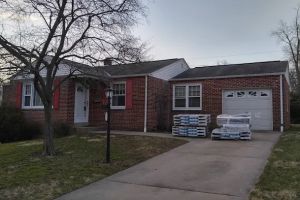
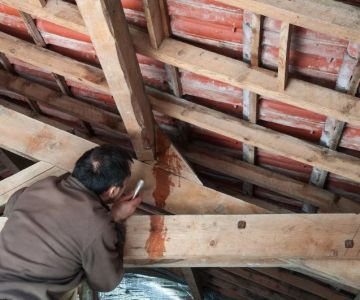
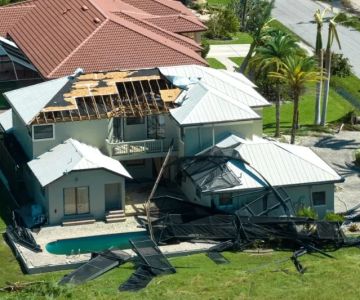
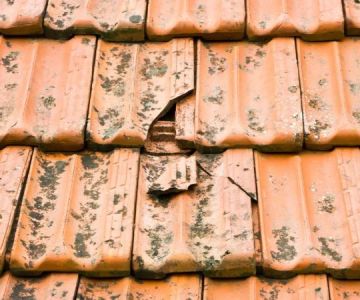
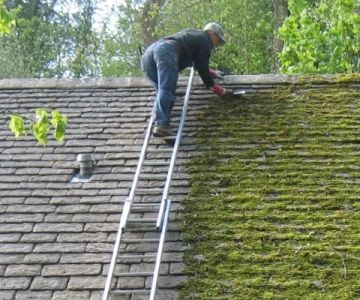
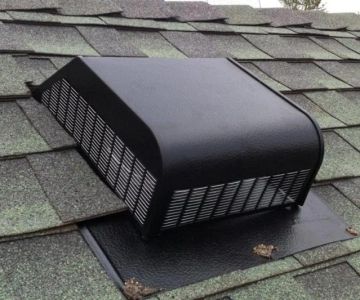
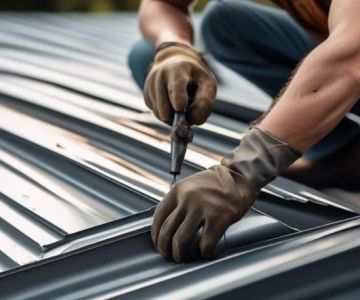
 CF Brothers Roofing4.0 (10 reviews)
CF Brothers Roofing4.0 (10 reviews) All Weather Roofs5.0 (3 reviews)
All Weather Roofs5.0 (3 reviews)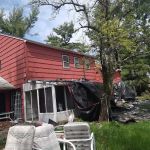 Gomez construction LLC.0.0 (0 reviews)
Gomez construction LLC.0.0 (0 reviews)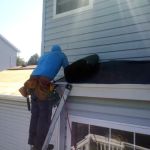 Hanover Roofing Systems0.0 (0 reviews)
Hanover Roofing Systems0.0 (0 reviews)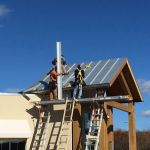 Mario Lallier LLC3.0 (5 reviews)
Mario Lallier LLC3.0 (5 reviews) ML Envision Construction LLC5.0 (14 reviews)
ML Envision Construction LLC5.0 (14 reviews)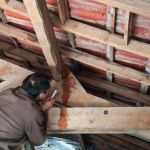 How to Repair a Roof Leak in a Building with a Seamless Metal Roof
How to Repair a Roof Leak in a Building with a Seamless Metal Roof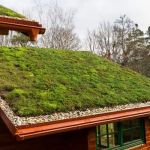 How to Choose the Best Roofing Material for a Building with a Green Roof System
How to Choose the Best Roofing Material for a Building with a Green Roof System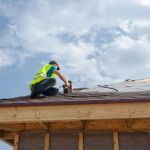 How to Choose a Roofing Contractor That is Certified by Major Manufacturers
How to Choose a Roofing Contractor That is Certified by Major Manufacturers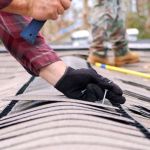 How to Choose a Roofing Contractor That Specializes in Complex Historic Restoration
How to Choose a Roofing Contractor That Specializes in Complex Historic Restoration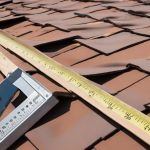 What is a Roofing Square? How to Convert Measurements for Your Project
What is a Roofing Square? How to Convert Measurements for Your Project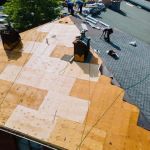 The Cost of a New Roof with a 50-Year Warranty: What You Need to Know
The Cost of a New Roof with a 50-Year Warranty: What You Need to Know